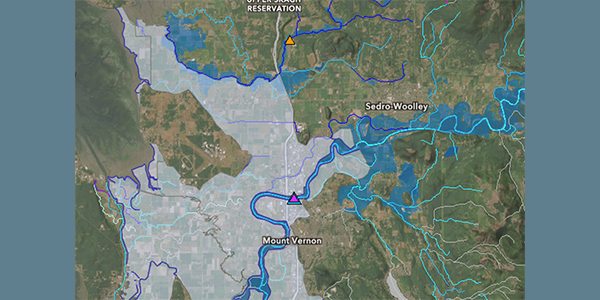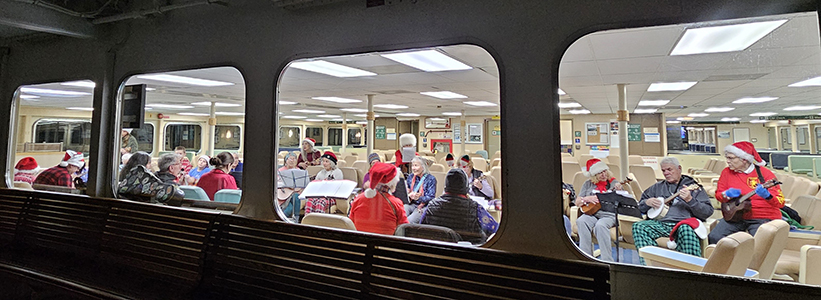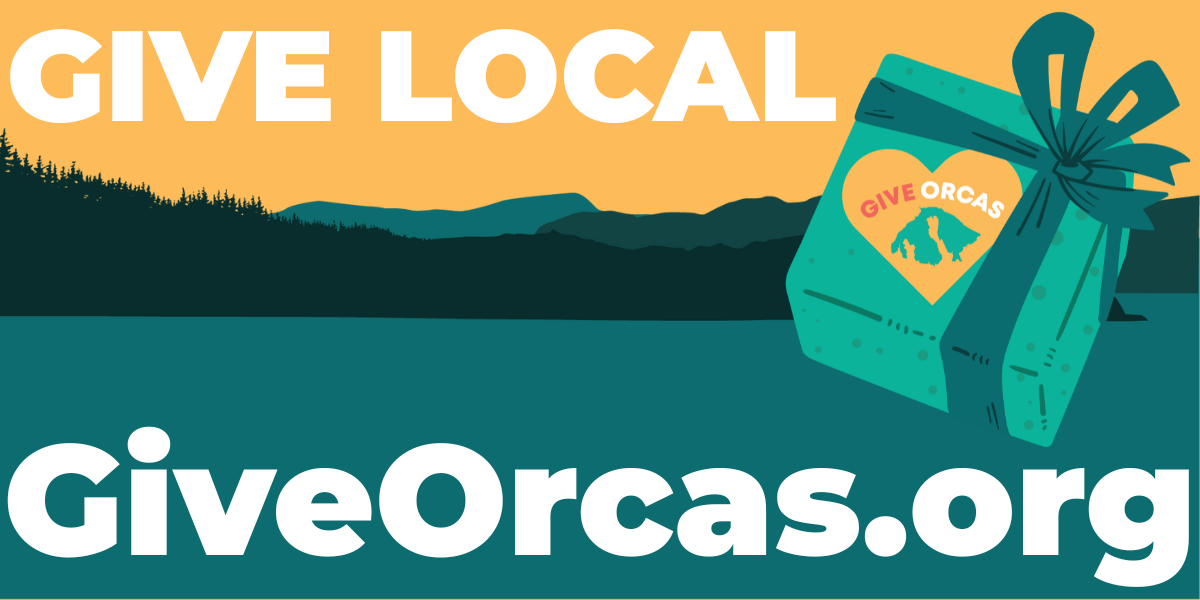||| FROM KITSAP SUN |||
There is something inexplicable that draws us to orcas. The large dolphins — often referred to as killer whales — inhabit every ocean on Earth and have captured the attention of humans for thousands of years.
The Southern Resident population that frequents the Puget Sound in pursuit of Chinook salmon is especially beloved. They’re an integral part of the religious and cultural practices of native people and today are the most studied orca population of any in the world.
We also know that they are in trouble.
Their decline began as humans developed the Puget Sound, over-harvested its fish, and polluted the waters with now-banned, highly toxic substances. The capture of orcas for entertainment further accelerated their plight. Vessel noise, which interferes with the orcas’ ability to hear their prey is a known problem, but vessel strikes have been recently found to be a significant cause of orca deaths, as well.
Today, the Southern Resident population hovers in the mid-70s. Some new calves have been born, but surviving to adulthood is difficult. In addition to the challenges brought on by humans, the orcas have also struggled with getting enough to eat.
Their primary food source, Chinook salmon, are also on the brink. As a result, orcas have become entangled in the ongoing debate over the lower Snake River dams and the survival of the salmon that navigate past them.
Some argue that dam removal is necessary to save salmon and orcas, while others maintain that the lower Snake River dams don’t even belong in the discussion.
New data from the National Oceanic and Atmospheric Association Fisheries Science Center suggests the latter argument might hold water, but also provides hope for more effective recovery efforts.
In its 2021 peer-reviewed study on the Southern Residents, NOAA Fisheries showed Snake River salmon made up just 2-5% of the orcas’ total midwinter to early spring diet — the period of the year they’re most likely to feed on Snake River salmon. Previously, NOAA found that hatchery Chinook in the Columbia and Snake river basins more than compensate for fish lost as a result of dams in terms of availability for Southern Residents.
READ FULL ARTICLE: www.kitsapsun.com/story/opinion/columnists/2021/03/30/your-turn-what-dams-mean-salmon-orcas/4810417001/
**If you are reading theOrcasonian for free, thank your fellow islanders. If you would like to support theOrcasonian CLICK HERE to set your modestly-priced, voluntary subscription. Otherwise, no worries; we’re happy to share with you.**







